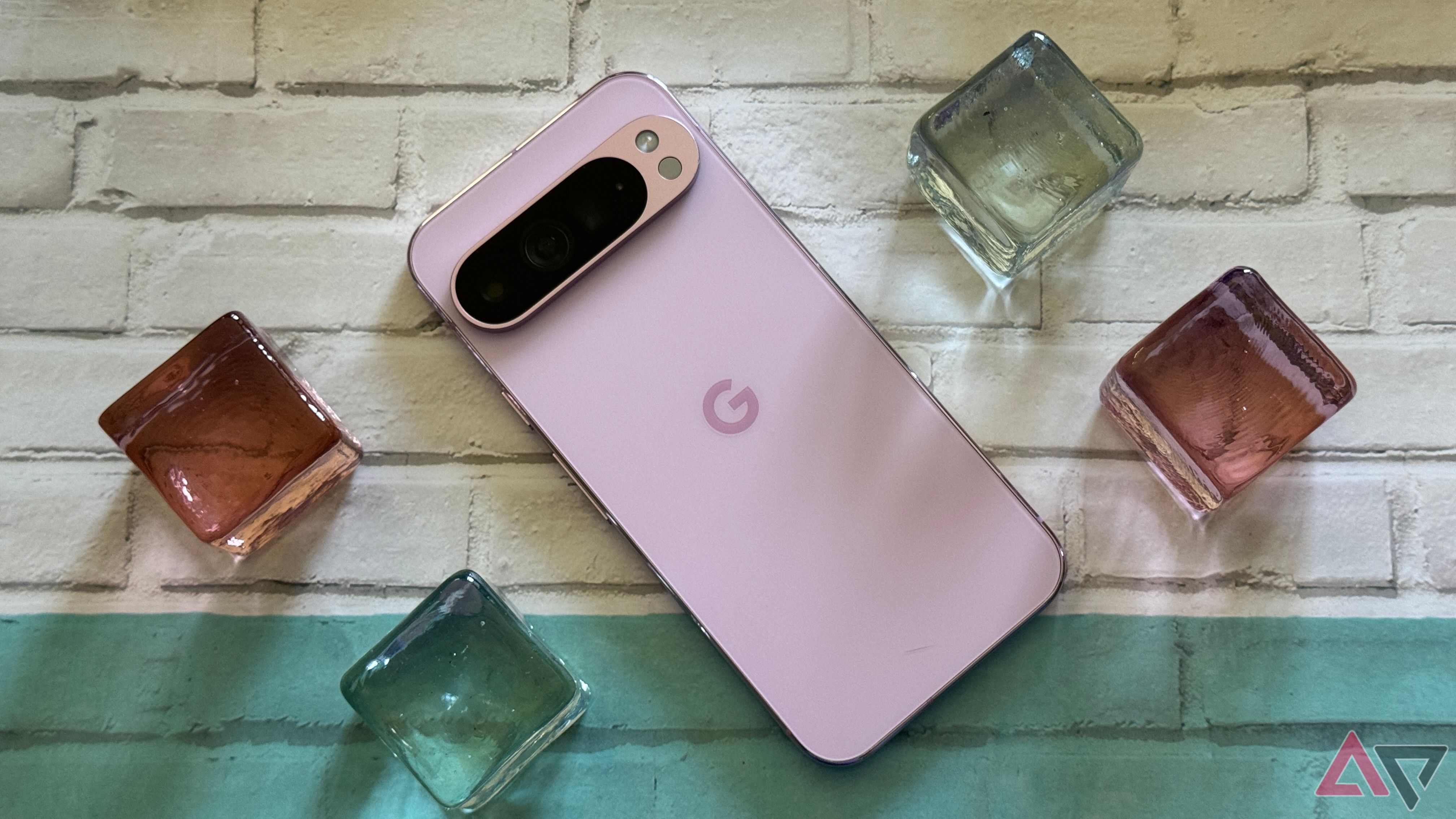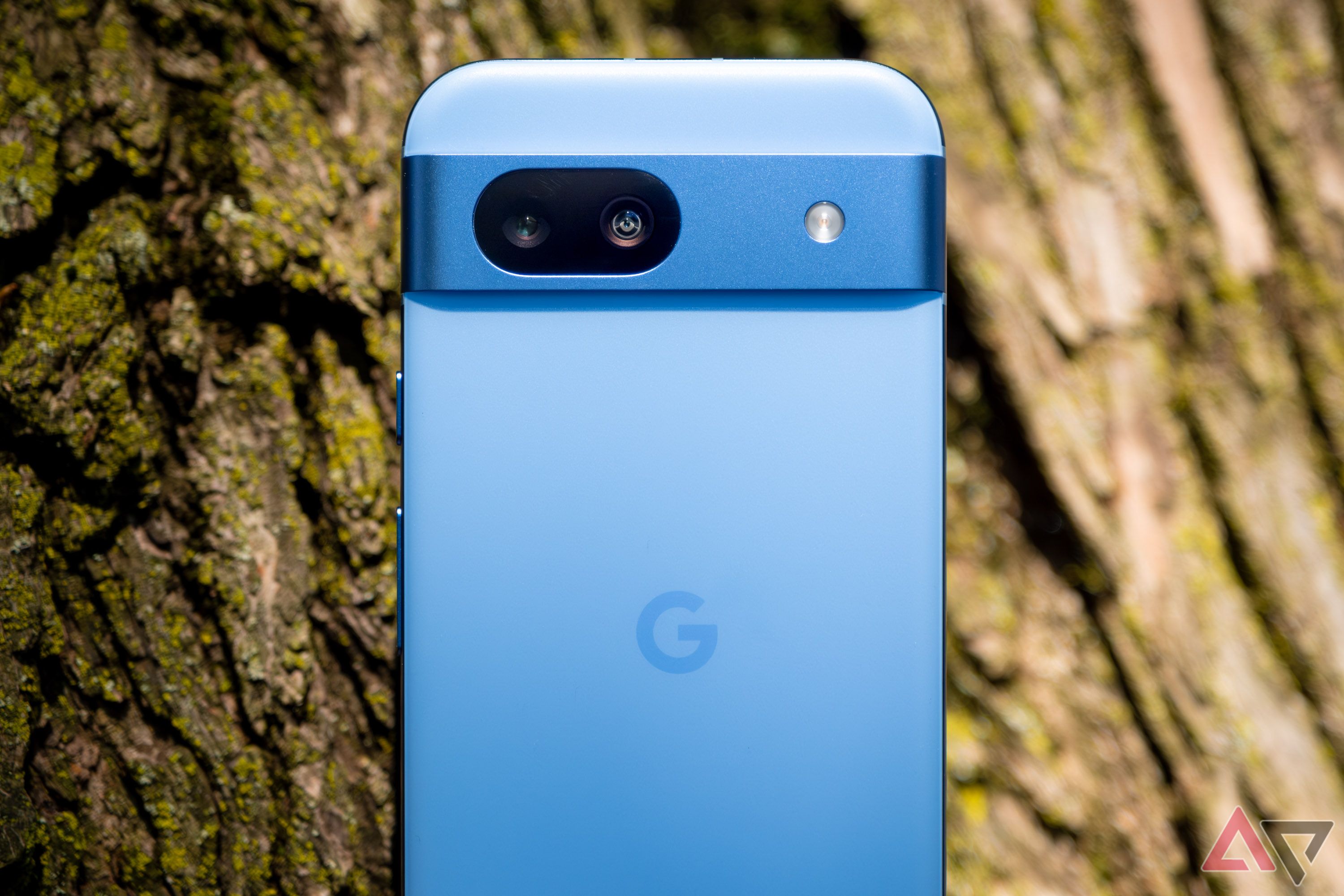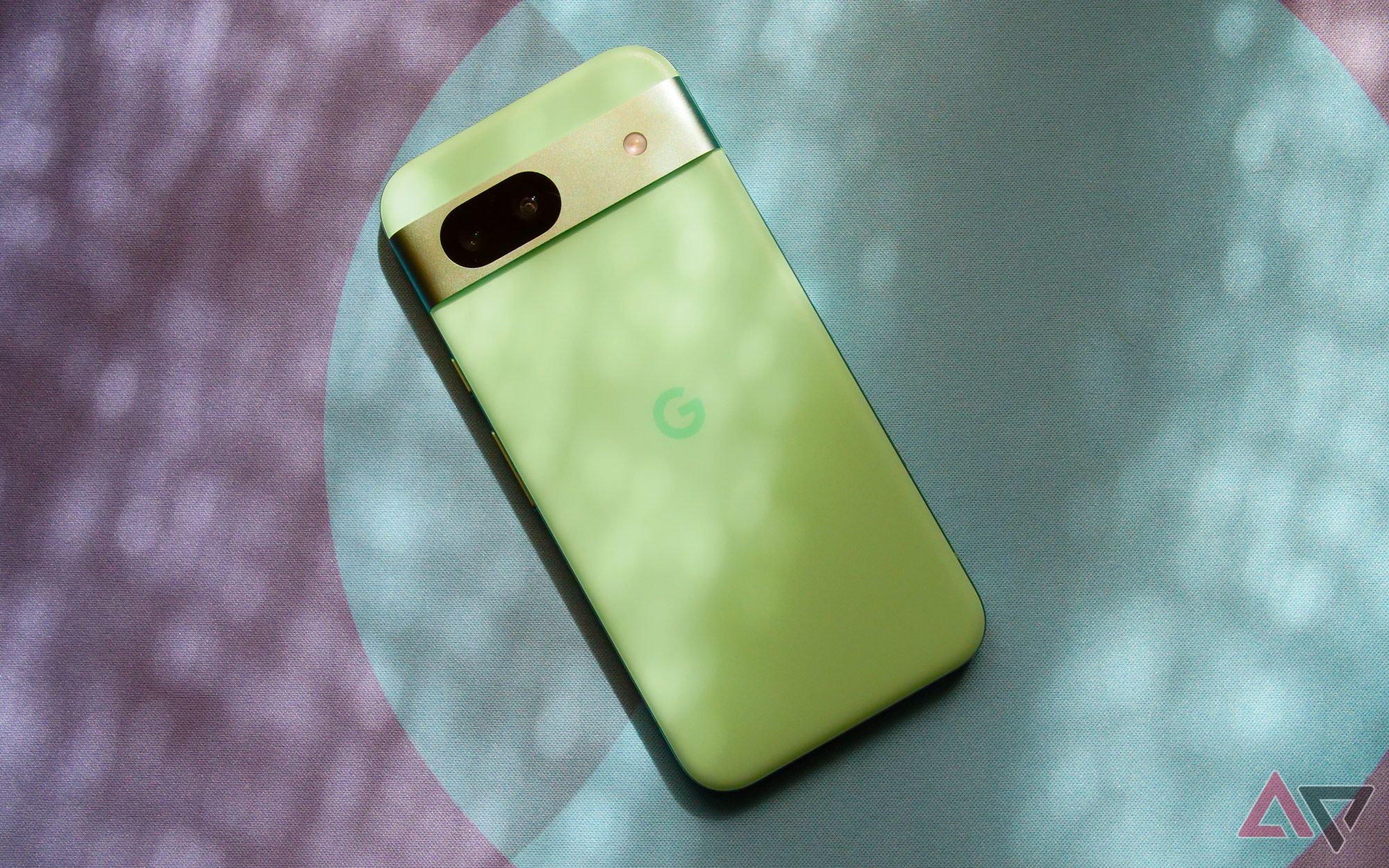Google gave its Pixel lineup a reboot with the launch of the Google Pixel 6 in 2021. Along with a new design and upgraded cameras, the phone shipped with the company’s Tensor G1 SoC. It’s a customized version of Samsung’s Exynos chip. Google optimized the Tensor for AI and machine learning tasks. However, the chip had flaws, as its sub-par Exynos modem struggled to provide stable network connectivity. It took three years, but it seems Google has resolved the Tensor’s connectivity woes with the Tensor G4 inside the Google Pixel 9.
Smartphones are designed with calling and connectivity tasks in mind, so you’d expect Google to use the new Exynos modem inside the Tensor G4 on its mid-range Pixel 9a. An early leak indicates that might not be the case. If anything, this shows Google’s misplaced priorities.
A smartphone is a ‘phone’ first
That should be able to make calls
Having used the Google Pixel 7 Pro and Pixel 8 Pro extensively, I experienced the problematic Exynos modem inside the phones. It’s one of the reasons I don’t recommend the Pixel, despite the excellent user experience. What’s the point of a phone if it doesn’t provide consistent mobile network connectivity?
Phones don’t usually have issues connecting to a mobile network. However, Pixels using a Tensor G3 or older chip suffer from this problem. In areas with spotty coverage, Google’s phones cannot latch onto 5G networks as seamlessly as flagship Android phones using Qualcomm’s Snapdragon modem. They aren’t good at the 4G/5G handoff, showing a dreaded “!” in the status bar beside the signal strength icon in challenging cases.
Reports from Pixel 6, Pixel 7, and Pixel 8 users about connectivity woes suggest this is a major problem. Your mileage will vary based on where you live and the network coverage. Still, saying Pixel phones don’t have connectivity issues would be wrong.
Initial Pixel 9 reviews and reports suggest the phone does not suffer from the same issues. This is likely due to Google switching to a newer Samsung Exynos 5400 modem with the Tensor G4. A stable modem is key to a smartphone’s connectivity experience. While it took Google almost four years, it appears to have cracked the code.
The company should stick to the same formula with its upcoming Pixel phones. But that seemingly won’t be the case. A Pixel 9a rumor suggests the phone will pair the Tensor G4 with an older Exynos modem as a cost-saving measure. It will supposedly be the same Exynos 5300 modem that Google uses on the Pixel 8.
A poor modem affects how you use your phone
And its battery life
A poor modem can directly or indirectly control how you use your phone. I got tired of my Pixel 8 Pro struggling to latch onto networks or offering slow mobile data speeds. I started carrying a separate phone for hotspot use when road-tripping to remote places.
I also noticed my Samsung Galaxy Buds 2 Pro stuttering and skipping tracks in the gym when paired with the Pixel. This was never an issue on the Galaxy S23 Ultra or now with the Xiaomi 14 Ultra. Both use a Snapdragon modem.
Another side effect of an inefficient modem is poor battery life. Despite packing 5,000mAh+ cells, Google’s flagship Pixel phones, starting from the Pixel 6, have offered sub-par battery life. This is also why Pixel phones deliver inconsistent battery life, as your experience can vary based on the network strength in your home or office.
The Pixel 9 series bucks this trend, easily lasting a day of heavy use. A key reason behind this is the newer, more efficient Exynos 5400 modem that sips less power when idle. Otherwise, Pixel phones are infamous for their high standby idle drain.
My Pixel 8 Pro loses around 7 to 9% of its battery overnight when on mobile data. The battery also drains faster when I use the phone heavily on 4G or 5G, and there is noticeable heating. Due to this, I avoid using mobile data heavily on the Pixel when out and about.
It’s all about the bottom line
Because $$$
The Google Pixel 8a costs $500, making it $300 cheaper than the Pixel 9. Google will likely stick to the same price point with the Pixel 9a. This means it must make a few compromises and cut down on specs to reach that price point. For this reason, the mid-range Pixel A phones sport a 90Hz OLED panel. While this compromise makes sense, using a modem known for having connectivity issues would be a terrible choice.
Google promises seven years of software updates for the Pixel 8a. The Pixel 9a will likely get similar support, so it should get updates until mid-2032. That’s seven long years. While a sub-par modem might not be a dealbreaker now, it could pose issues in a few years, with problems ranging from slow mobile data speeds to constant call drops.
We expect more from you, Google
Please do better
If Google cares about the user experience, it should use the Exynos 5400 modem on the Pixel 9a. To reduce its manufacturing cost, it can remove satellite connectivity and reduce other areas of the phone. It should do everything possible to avoid using an inferior modem known for its connectivity problems.
To reduce costs, Google purportedly plans to use inferior packaging technology on the Pixel 8a’s Tensor G4 chip. So, nothing is stopping the company from doing something similar with the Exynos modem or taking a hit to its profit margins and using the Exynos 5400 as is.
However, a fat bottom line and keeping shareholders are likely Google’s bigger goals, even if it comes at the expense of another Pixel phone shipping with an inferior modem. If that happens, I will vote with my wallet and look for other options. Some great budget Android phones pack better specs and provide more value for money than the Pixel.




